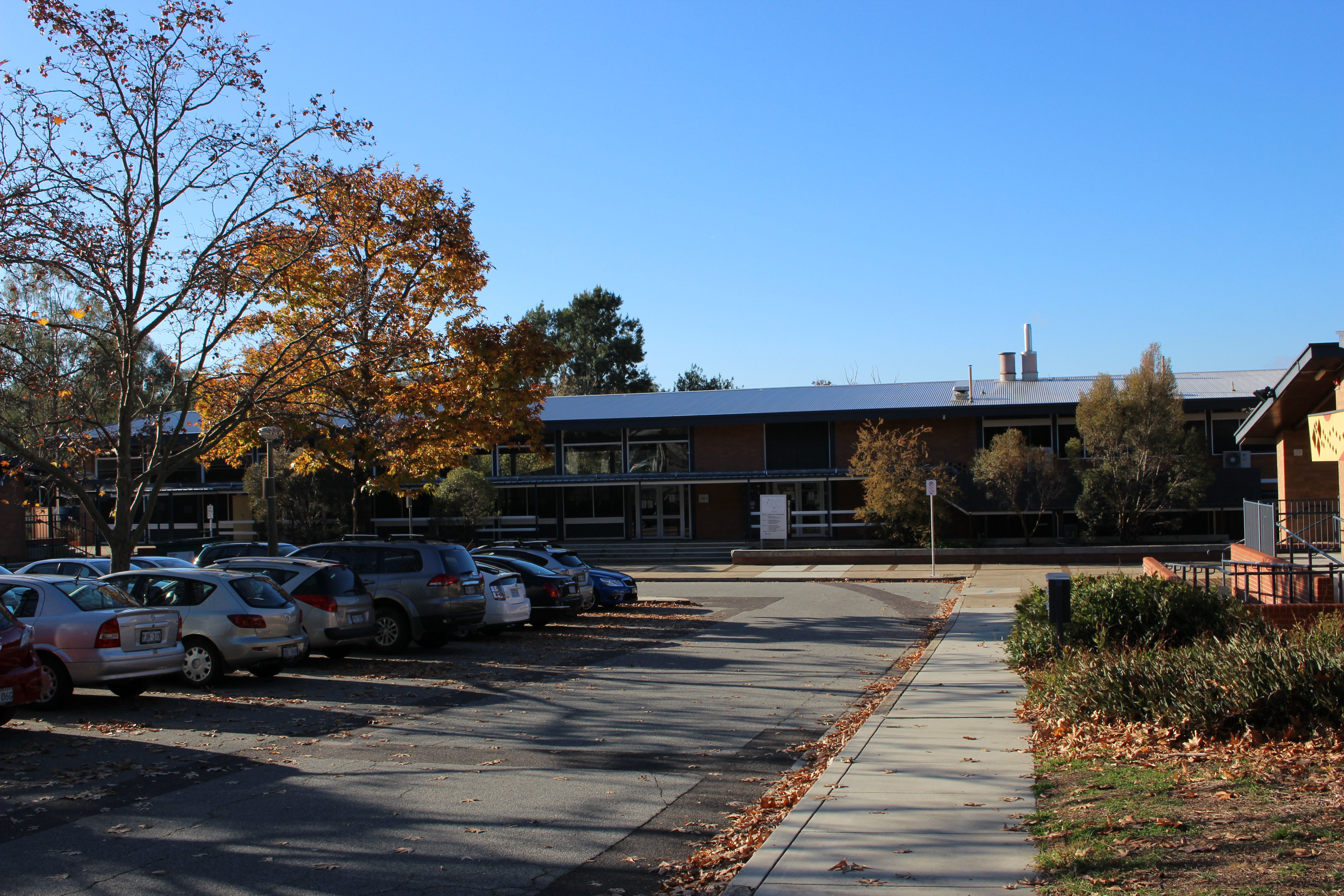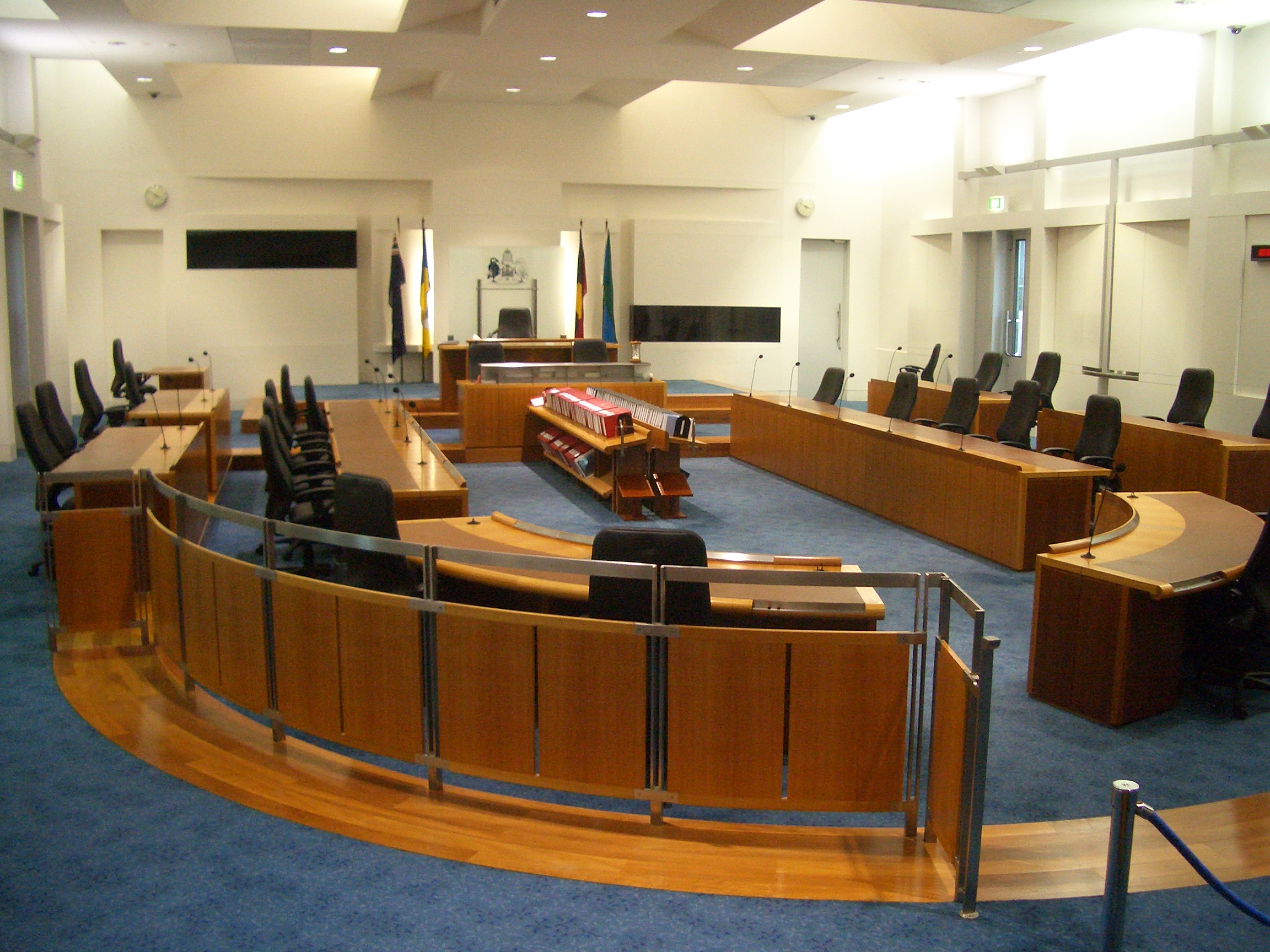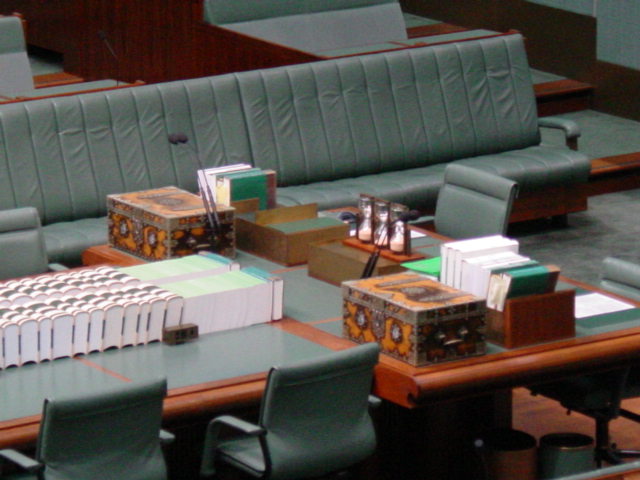|
Cook, Australian Capital Territory
Cook ( postcode: 2614) is a suburb of the Belconnen district of Canberra, located within the Australian Capital Territory, Australia. At the , Cook had a population of 2,965 people. The suburb of Cook is named after Captain James Cook and the sixth Prime Minister of Australia Sir Joseph Cook. The streets in Cook are named after notable women from Australian history. Suburb amenities *Cook has a small shopping centre including the ''Cook Grocer'' independent supermarket, ''Little Oink'' coffee shop, ''To All My Friends'' bar, ''Jina's Hair Salon'' for men, ''Prestige Oysters'' fish monger and a public toilet. *Cook Community Hub, in place of the Cook Primary School which was a government run school for children in years K-6 until closed at the end of 2007 as part of a rationalisation of primary education across the ACT with most students moving to neighbouring schools in Aranda, Macquarie and Weetangera. *Cook Preschool *Cook school park Political representation For the ... [...More Info...] [...Related Items...] OR: [Wikipedia] [Google] [Baidu] |
Belconnen
The District of Belconnen () is one of the original eighteen districts of the Australian Capital Territory (ACT), used in land administration. The district is subdivided into 27 divisions (suburbs), sections and blocks. The district of Belconnen is largely composed of Canberra suburbs. As at the , the district had a population of people; and was the most populous district within the Australian Capital Territory (ACT). Belconnen is situated approximately to the north-west of the central business district of Canberra, and surrounds an artificially created, ornamental lake, Lake Ginninderra. Lake Ginninderra was made possible by building a dam at an elbow of Ginninderra Creek. Exiting the lake, via a simple overflow, Ginninderra Creek continues, and runs north-west to its confluence with the Murrumbidgee River just beyond the north-western ACT border. Establishment and governance Following the transfer of land from the Government of New South Wales to the Commonwealth Governme ... [...More Info...] [...Related Items...] OR: [Wikipedia] [Google] [Baidu] |
Prime Minister Of Australia
The prime minister of Australia is the head of government of the Commonwealth of Australia. The prime minister heads the executive branch of the Australian Government, federal government of Australia and is also accountable to Parliament of Australia, federal parliament under the principles of responsible government. The current prime minister is Anthony Albanese of the Australian Labor Party, who became prime minister on 23 May 2022. Formally appointed by the Governor-General of Australia, governor-general, the role and duties of the prime minister are not described by the Constitution of Australia, Australian constitution but rather defined by Constitutional convention (political custom), constitutional convention deriving from the Westminster system. To become prime minister, a politician should be able to Confidence and supply, command the confidence of the House of Representatives (Australia), House of Representatives. As such, the prime minister is typically the leader o ... [...More Info...] [...Related Items...] OR: [Wikipedia] [Google] [Baidu] |
Porphyry (geology)
Porphyry ( ) is a textural term for an igneous rock consisting of coarse-grained crystals such as feldspar or quartz dispersed in a fine-grained silicate-rich, generally aphanitic matrix or groundmass. The larger crystals are called phenocrysts. In its non-geologic, traditional use, the term ''porphyry'' refers to the purple-red form of this stone, valued for its appearance. The term ''porphyry'' is from the Ancient Greek (), meaning "purple". Purple was the color of royalty, and the "imperial porphyry" was a deep purple igneous rock with large crystals of plagioclase. Some authors claimed the rock was the hardest known in antiquity. Thus, "imperial"-grade porphyry was prized for monuments and building projects in Imperial Rome and thereafter. Subsequently, the name was given to any igneous rocks with large crystals. The adjective ''porphyritic'' now refers to a certain texture of igneous rock regardless of its chemical and mineralogical composition. Its chief characteris ... [...More Info...] [...Related Items...] OR: [Wikipedia] [Google] [Baidu] |
Ordovician
The Ordovician ( ) is a geologic period and System (geology), system, the second of six periods of the Paleozoic Era (geology), Era. The Ordovician spans 41.6 million years from the end of the Cambrian Period million years ago (Mya) to the start of the Silurian Period Mya. The Ordovician, named after the Celtic Britons, Welsh tribe of the Ordovices, was defined by Charles Lapworth in 1879 to resolve a dispute between followers of Adam Sedgwick and Roderick Murchison, who were placing the same Rock (geology), rock beds in North Wales in the Cambrian and Silurian systems, respectively. Lapworth recognized that the fossil fauna in the disputed Stratum, strata were different from those of either the Cambrian or the Silurian systems, and placed them in a system of their own. The Ordovician received international approval in 1960 (forty years after Lapworth's death), when it was adopted as an official period of the Paleozoic Era by the International Union of Geological Sciences, Intern ... [...More Info...] [...Related Items...] OR: [Wikipedia] [Google] [Baidu] |
Greywacke
Greywacke or graywacke (German ''grauwacke'', signifying a grey, earthy rock) is a variety of sandstone generally characterized by its hardness, dark color, and poorly sorted angular grains of quartz, feldspar, and small rock fragments or lithic fragments set in a compact, clay-fine matrix. It is a texturally immature sedimentary rock generally found in Paleozoic strata. The larger grains can be sand- to gravel-sized, and matrix materials generally constitute more than 15% of the rock by volume. The term "greywacke" can be confusing, since it can refer to either the immature (rock fragment) aspect of the rock or its fine-grained (clay) component. The origin of greywacke was unknown until turbidity currents and turbidites were understood, since, according to the normal laws of sedimentation, gravel, sand and mud should not be laid down together. Geologists now attribute its formation to submarine avalanches or strong turbidity currents. These actions churn sediment and cause mi ... [...More Info...] [...Related Items...] OR: [Wikipedia] [Google] [Baidu] |
Australian Capital Territory Legislative Assembly
The Legislative Assembly for the Australian Capital Territory (known in short as the ACT Legislative Assembly) is the unicameral legislature of the Australian Capital Territory (ACT). It sits in the Legislative Assembly Building on Civic Square, close to the centre of the city of Canberra. Creation The Assembly was created by four acts of the Commonwealth Parliament in 1988, including the Australian Capital Territory (Self-Government) Act 1988. The first election was held on 4 March 1989 and the assembly first sat on 11 May that year. Until this point, the ACT had been directly administered by the Commonwealth Government. It replaced the House of Assembly (also known for a period as the Legislative Assembly), which existed from 1976 to 1986, but had no executive power, with a principal function of advising the Commonwealth on matters relating to the Territory. Membership Since October 2016, the Legislative Assembly has 25 members elected from five electorates, Brindabell ... [...More Info...] [...Related Items...] OR: [Wikipedia] [Google] [Baidu] |
Australian House Of Representatives
The House of Representatives is the lower house of the bicameral Parliament of Australia, the upper house being the Senate. Its composition and powers are established in Chapter I of the Constitution of Australia. The term of members of the House of Representatives is a maximum of three years from the date of the first sitting of the House, but on only one occasion since Federation has the maximum term been reached. The House is almost always dissolved earlier, usually alone but sometimes in a double dissolution of both Houses. Elections for members of the House of Representatives are often held in conjunction with those for the Senate. A member of the House may be referred to as a "Member of Parliament" ("MP" or "Member"), while a member of the Senate is usually referred to as a "Senator". The government of the day and by extension the Prime Minister must achieve and maintain the confidence of this House in order to gain and remain in power. The House of Representatives c ... [...More Info...] [...Related Items...] OR: [Wikipedia] [Google] [Baidu] |
Elections In Australia
Elections in Australia take place periodically to elect the legislature of the Commonwealth of Australia, as well as for each Australian state and territory and for local government councils. Elections in all jurisdictions follow similar principles, although there are minor variations between them. The elections for the Australian Parliament are held under the federal electoral system, which is uniform throughout the country, and the elections for state and territory Parliaments are held under the electoral system of each state and territory. Part IV of Chapter 1 of the Australian Constitution briefly deals with eligibility for voting and election to the federal Australian Parliament. It does not prescribe how elections should be conducted. Election campaigns and associated political advertisements are subject to some regulation. Public funding of political parties and party registration was introduced in 1983. Voting for the federal and each state and territory parliament is ... [...More Info...] [...Related Items...] OR: [Wikipedia] [Google] [Baidu] |
Former Cook Primary, Canberra
A former is an object, such as a template, gauge or cutting die, which is used to form something such as a boat's hull. Typically, a former gives shape to a structure that may have complex curvature. A former may become an integral part of the finished structure, as in an aircraft fuselage, or it may be removable, being using in the construction process and then discarded or re-used. Aircraft formers Formers are used in the construction of aircraft fuselage, of which a typical fuselage has a series from the nose to the empennage, typically perpendicular to the longitudinal axis of the aircraft. The primary purpose of formers is to establish the shape of the fuselage and reduce the column length of stringers to prevent instability. Formers are typically attached to longerons, which support the skin of the aircraft. The "former-and-longeron" technique (also called stations and stringers) was adopted from boat construction, and was typical of light aircraft built until the ad ... [...More Info...] [...Related Items...] OR: [Wikipedia] [Google] [Baidu] |
Joseph Cook
Sir Joseph Cook, (7 December 1860 – 30 July 1947) was an Australian politician who served as the sixth Prime Minister of Australia, in office from 1913 to 1914. He was the leader of the Liberal Party from 1913 to 1917, after earlier serving as the leader of the Anti-Socialist Party from 1908 to 1909. Cook was born in Silverdale, Staffordshire, England, and began working in the local coal mines at the age of nine. He emigrated to Australia in 1885, settling in Lithgow, New South Wales. He continued to work as a miner, becoming involved with the local labour movement as a union official. In 1891, Cook was elected to the New South Wales Legislative Assembly as a representative of the Labor Party, becoming one of its first members of parliament. He was elected party leader in 1893, but the following year left Labor due to a disagreement over party discipline. He was then invited to become a government minister under George Reid, and joined Reid's Free Trade Party. In 1901, C ... [...More Info...] [...Related Items...] OR: [Wikipedia] [Google] [Baidu] |
James Cook
James Cook (7 November 1728 Old Style date: 27 October – 14 February 1779) was a British explorer, navigator, cartographer, and captain in the British Royal Navy, famous for his three voyages between 1768 and 1779 in the Pacific Ocean and to New Zealand and Australia in particular. He made detailed maps of Newfoundland prior to making three voyages to the Pacific, during which he achieved the first recorded European contact with the eastern coastline of Australia and the Hawaiian Islands, and the first recorded circumnavigation of New Zealand. Cook joined the British merchant navy as a teenager and joined the Royal Navy in 1755. He saw action in the Seven Years' War and subsequently surveyed and mapped much of the entrance to the St. Lawrence River during the siege of Quebec, which brought him to the attention of the Admiralty and the Royal Society. This acclaim came at a crucial moment for the direction of British overseas exploration, and it led to his commission in ... [...More Info...] [...Related Items...] OR: [Wikipedia] [Google] [Baidu] |
Postcodes In Australia
Postcodes in Australia are used to more efficiently sort and route mail within the Australian postal system. Postcodes in Australia have four digits and are placed at the end of the Australian address, before the country. Postcodes were introduced in Australia in 1967 by the Postmaster-General's Department and are now managed by Australia Post, Australia's national postal service. Postcodes are published in booklets available from post offices or online from the Australia Post website. Australian envelopes and postcards often have four square boxes printed in orange at the bottom right for the postcode. These are used to assist with the automated sorting of mail that has been addressed by hand for Australian delivery. History Postcodes were introduced in Australia in 1967 by the Postmaster-General's Department (PMG) to replace earlier postal sorting systems, such as Melbourne's letter and number codes (e.g., ''N3'', ''E5'') and a similar system then used in rural and regional ... [...More Info...] [...Related Items...] OR: [Wikipedia] [Google] [Baidu] |










